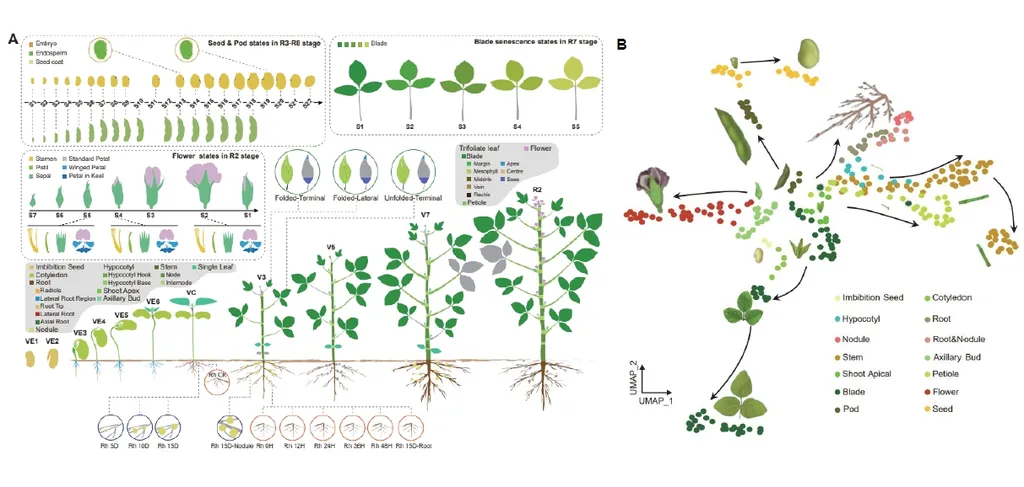In the heart of China, a humble plant known as Rehmannia chingii has been quietly serving as a cornerstone of traditional medicine for centuries. Now, thanks to the work of Fengqing Wang and his team at the College of Agronomy, Henan Agricultural University, this plant’s secrets are being unveiled at a genetic level, potentially revolutionizing the pharmaceutical and health industries.
Rehmannia chingii, a member of the Orobanchaceae family, is renowned for its high therapeutic value, particularly due to its richness in iridoid glycosides. These compounds have been shown to have a wide range of biological activities, including anti-inflammatory, anti-tumor, and immune-regulatory effects. However, the lack of a high-quality genome sequence has hindered research into its evolution and gene functional identification—until now.
In a study published in Nature Communications, Wang and his team presented the first telomere-to-telomere (T2T) genome sequence of R. chingii, clocking in at a substantial 1.169 gigabases. This comprehensive genetic map has allowed the researchers to delve deep into the plant’s biosynthetic pathways, particularly those involved in the production of iridoid glycosides.
“We found that the structural genes of the 2-C-methyl-d-erythritol-4-phosphate (MEP) pathway and the iridoid pathway are predominantly expressed in R. chingii leaves,” Wang explained. This discovery opens up new avenues for understanding how these valuable compounds are synthesized and regulated within the plant.
But the team didn’t stop there. Their analysis also revealed a cytochrome P450 gene cluster localized on chromosome 8. Among these genes, they identified RcCYP72H7 as an aucubin epoxidase, capable of catalyzing aucubin epoxidation to form catalpol. This enzyme could be a key player in the biosynthesis of iridoid glycosides, offering a potential target for genetic improvement of R. chingii for pharmaceutical and health-related applications.
So, what does this mean for the future of the pharmaceutical industry? For one, it paves the way for more efficient and sustainable production of iridoid glycosides. By understanding the genetic basis of these compounds’ biosynthesis, researchers can develop strategies to enhance their production in R. chingii or even introduce them into other, more easily cultivated plants.
Moreover, this research could facilitate the discovery of new iridoid glycosides with novel biological activities. As Wang put it, “The genome offers valuable resources for studying iridoid glycoside biosynthesis and the evolutionary history of Rehmannia.” By unlocking the genetic secrets of R. chingii, we may uncover a treasure trove of new therapeutic compounds.
In the broader context, this study highlights the power of genome sequencing in driving agricultural and pharmaceutical innovation. As we continue to explore the genetic diversity of our planet’s flora, we may find that the solutions to some of our most pressing health challenges have been growing beneath our feet all along. With the genome sequence of R. chingii now available, the stage is set for a new era of discovery and innovation in the field of iridoid glycoside research.

